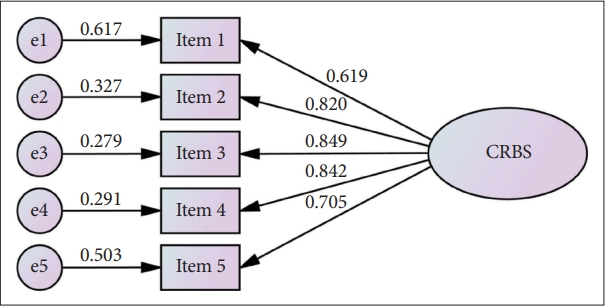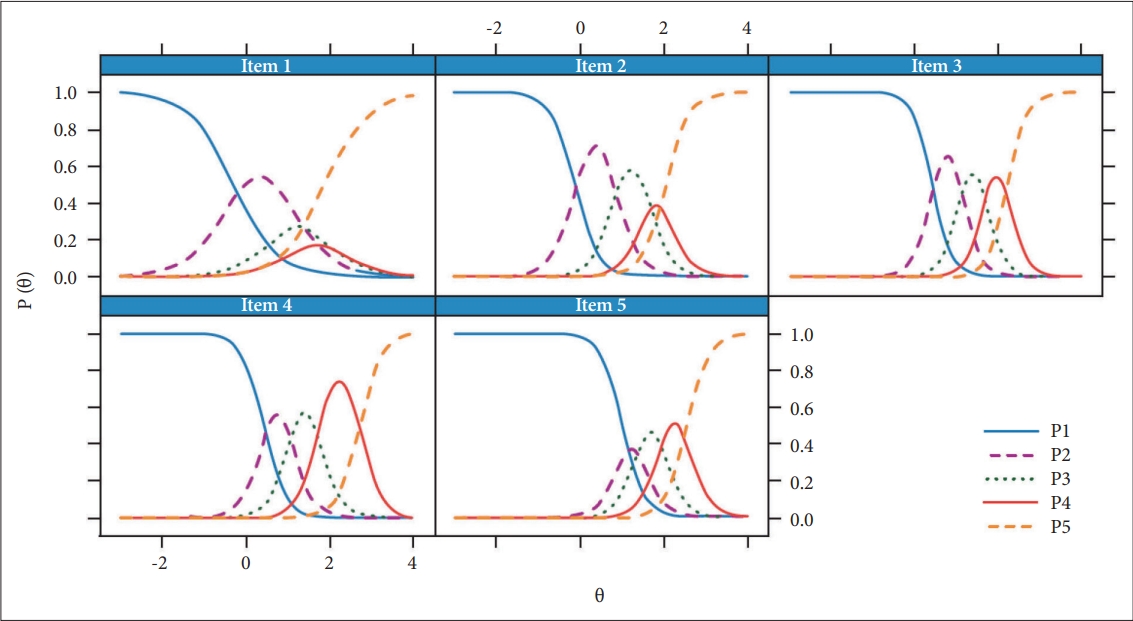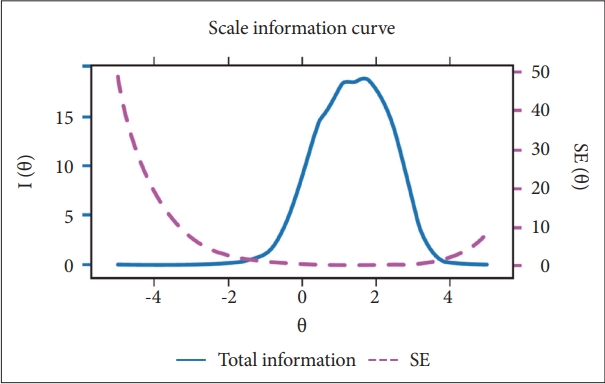 |
 |
- Search
| Psychiatry Investig > Volume 19(6); 2022 > Article |
|
Abstract
Objective
Methods
Results
Notes
Availability of Data and Material
The datasets generated or analyzed during the study are available from the corresponding author on reasonable request.
Conflicts of Interest
Seockhoon Chung, a contributing editor of the Psychiatry Investigation, was not involved in the editorial evaluation or decision to publish this article. All remaining authors have declared no conflicts of interest.
Author Contributions
Conceptualization: Seockhoon Chung, Oli Ahmed. Data curation: Seockhoon Chung, C. Hyung Keun Park. Formal analysis: Seockhoon Chung, Oli Ahmed. Investigation: Seockhoon Chung. Methodology: Seockhoon Chung. Software: Changnam Kim. Supervision: Seockhoon Chung. Validation: Changnam Kim. Writing—original draft: all authors. Writing—review & editing: all authors.
Funding Statement
None
Figure 1.

Figure 2.

Figure 3.

Table 1.
Table 2.
Table 3.
Table 4.
REFERENCES







